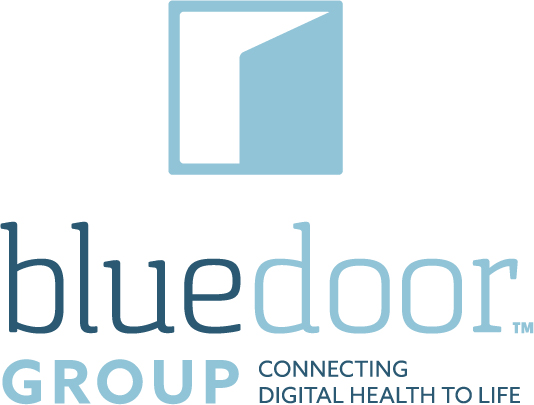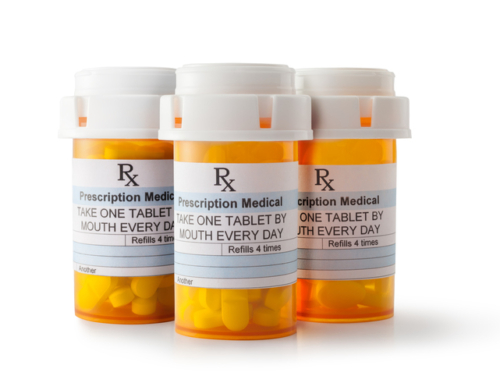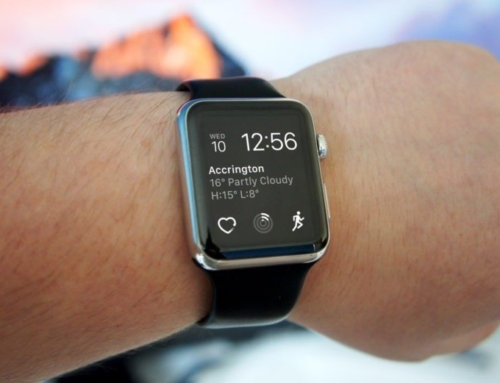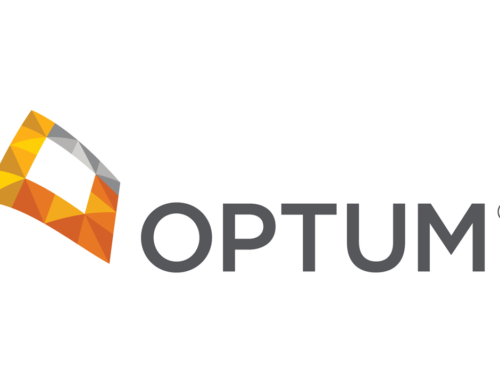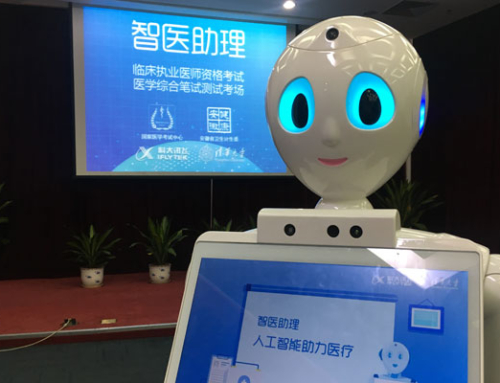April 7, 2017
A new model of user experience (UX) is rapidly evolving, popping up in smartphone and web applications everywhere. This model is referred to by a common term, “messaging” – but the simplicity of the name belies the extent of its impact. When we use apps like Facebook Messenger and Amazon Alexa, we’re taking part in a paradigm shift in how users interact with software. And what we’re witnessing in consumer technology today is likely to impact healthcare in the near future.
But first, to understand the current transformation, we must look back at milestones in UX past.
From printouts to trash cans
In early computing, the focus was solely on hardware: making computers smaller, faster, and more powerful. This changed in the 1970’s with the advent of text-based interfaces. No longer relying on punch cards and printouts helped the industry to transcend the existing paradigm and shift focus to include the user interface (UI).
Building off of this progress, in the late 1980s the software world underwent yet another profound shift with the advent of graphical user interfaces (GUIs). These “virtual desktops” had frames (windows) to organize and visualizations of graphical elements. They introduced color, fonts and iconography. And let’s not forget the trash can!
Just as text-based interfaces had done before, GUIs transcended computing evolution. Whether you used PC or Mac, desktop or mobile, native app or Internet browser, a GUI was there. Out of necessity, the interface of every app was completely reworked and reimagined to fit the new paradigm. This is what paradigm shifts do: Force everyone to reimagine their approach to everything.
Conversational user interface is the new UI
Nearly three decades later, we’re seeing the beginning of the next major shift: messaging apps, or conversational user interfaces (CUIs).
A CUI is an interface in which a range of tasks are executed within the confines of what most users would recognize as a chat interface, rather than in separate frames. What are the advantages of a CUI over the interfaces we’ve used for decades?
Simplicity: Say what you need and get information. Rather than navigating menus, sub-menus, forms, and search results, the user simply states what she wants. No training, no getting lost.
Ubiquity Use one messaging app as an interface to many services. Rather than downloading, installing, and registering an account with a new app, the user leverages an existing messaging app, or even SMS (texting).
Seamless Control Type, talk, listen. Why type when you can talk? Why read a screen when you can listen while doing something else? A CUI can be seamless.
In this paradigm, the interface trends towards non-existence – it blends into what the user is doing. The best app, the best form, or the best navigation becomes none at all.
CUIs are a natural extension of the previous shifts in UI. In each case, applications became easier to use and accessible for a broader population, and simultaneously more powerful as they took advantage of new opportunities. The same is true of CUIs. Some of the new frontiers being explored already include Natural Language Processing (software understanding of written language), voice-to-text, SMS and voice “gateway services” (ubiquitous services available to application development teams), and auto-response frameworks (“chat-bots”).
Messaging apps in healthcare
The advantages of a CUI have serious potential for health care, but the transition will not be easy. Challenges for adoption of messaging apps in healthcare include HIPAA compliance, the ability to integrate with existing health IT systems, and the highly contextual nature of health care conversations as compared with other industries. Plus, popular messaging interfaces like Facebook Messenger are not feasible in a healthcare setting, and SMS is convenient but inflexible. Suffice it to say that messaging apps will need to be significantly augmented, or built anew, to suit the unique purposes of health care.
That said, the opportunities in a healthcare setting for secure messaging within care teams are compelling. Nearly all of the opportunities involve greater engagement with patients themselves or their caregivers.
The quest for increased efficiencies in healthcare will not subside anytime soon. Be ready for secure messaging apps to steadily work their way into healthcare in the coming years, just as they proliferate in our daily lives as consumers.
Photo: triloks, Getty Images
